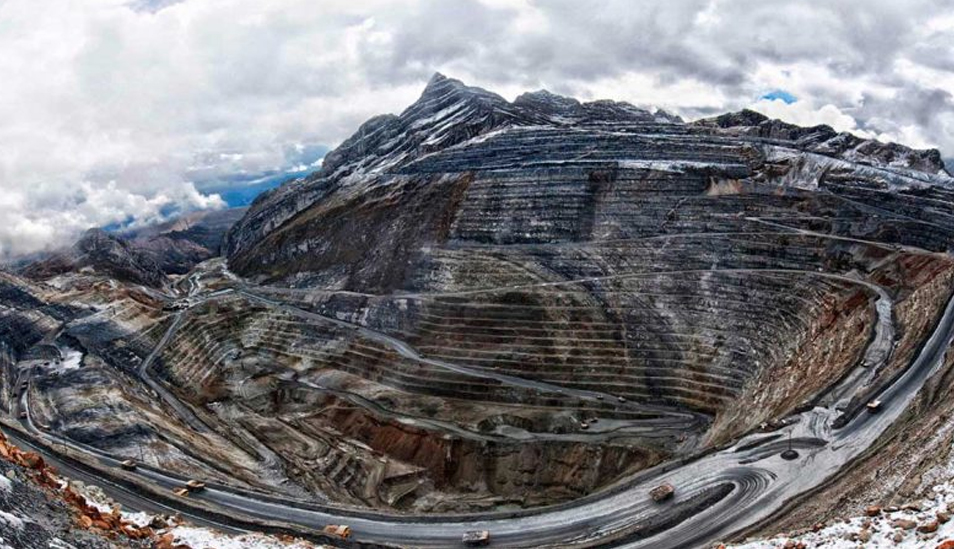RIO DE JANEIRO, BRAZIL – Although social conflicts are not exclusive to the administration of President Pedro Castillo, the latest report from the Ombudsman’s Office shows that these problems did increase during the first four months of the President’s administration, going from 137 active conflicts in July to 147 in November. Of this total, 63 are related to mining activity.
And of the 63 cases related to extractive activity, the Ombudsman’s Office has also warned that eight of them deserve priority intervention by the corresponding competent authorities. However, “without a clear position from Castillo Terrones regarding mining, uncertainty and road blockades will continue”, indicated Rómulo Mucho, former Vice Minister of Mines.
Read also: Check out our coverage on Peru
Precisely, if the conflicts persist, 44.4% of Peru’s copper production would be at risk (being the country that supplies 10% of the copper demand in the world) if we take into account who are the companies involved in the conflicts and their participation in the mining production between January and September of this year, according to the reports of the Ministry of Energy and Mines (Minem).
Also, 9% of silver production, more than 10% of gold, and 8% of zinc production could be affected.

CONFLICTS AND THEIR IMPACT
In detail, the first active conflict identified is between the community of Aquía and the Antamina mining company in Áncash -which produces 20.2% of the country’s copper-, for alleged usurpation of land by the company. According to the latest press reports, both social actors have established a dialogue table at the beginning of November. However, there are still no definite agreements.
A second “active” case is the Southern Defense Front against mining in Ayacucho, involving three mining companies: Minera Ares, Apumayo, and SAMI (Breapampa). However, according to the Ombudsman’s Office, a meeting will be held in Cora Cora on December 15 as a follow-up to the commitments made at the November 19 meeting.
There is also the conflict in Cusco between 10 communities of Chumbivilcas and Las Bambas mining company -which concentrates 13.4% of copper production-, which could lead to the suspension of its operations in the area if a solution is not found; to avoid this, on December 10, the company announced that it would improve its offer, among them, to allocate S/ 1 million per year in projects that benefit the local population.
“If the social problems persist in the southern mining corridor, the operation of Antapaccay Tintaya (responsible for the production of 7.5% of copper) will also be endangered”, said Mucho.
The Ombudsman’s Office also identified conflicts between the community of Espinar against Hudbay mining company (which produces 3.3% of the country’s copper) in Cusco; in addition to a possible new protest by the community of San Pedro de Coris in Huancavelica against Doe Run; and the district municipality of San Miguel de Cauri in Huánuco against the Raura mining company.
In Lima, the conflict between the community of Oyón with Buenaventura mining company regarding labor and health agreements dating from 2012 and 2018 is identified. Meanwhile, dialogue is advancing between the San José de Baños community and Minera Volcan and the Salinas Moche community with Inkabor in Moquegua.
“I would say that it is not only 44% of copper production that could be at risk, but all mining if there is no State policy that recognizes this sector as a priority activity for the generation of resources and employment. This year alone, the State will receive up to three times more than what mining generated before due to the good prices”, said the former Vice-Minister of Mines, who also stated that the price cycle had generated over-expectations in the population and the government’s attention is required to achieve intelligent negotiations.
It is worth noting that, according to the 29th Mining Conflicts Observatory, published this month, most of the conflicts are taking place in the southern mining corridor “where President Castillo obtained a very high electoral support, 90%”.
With information from Gestion

